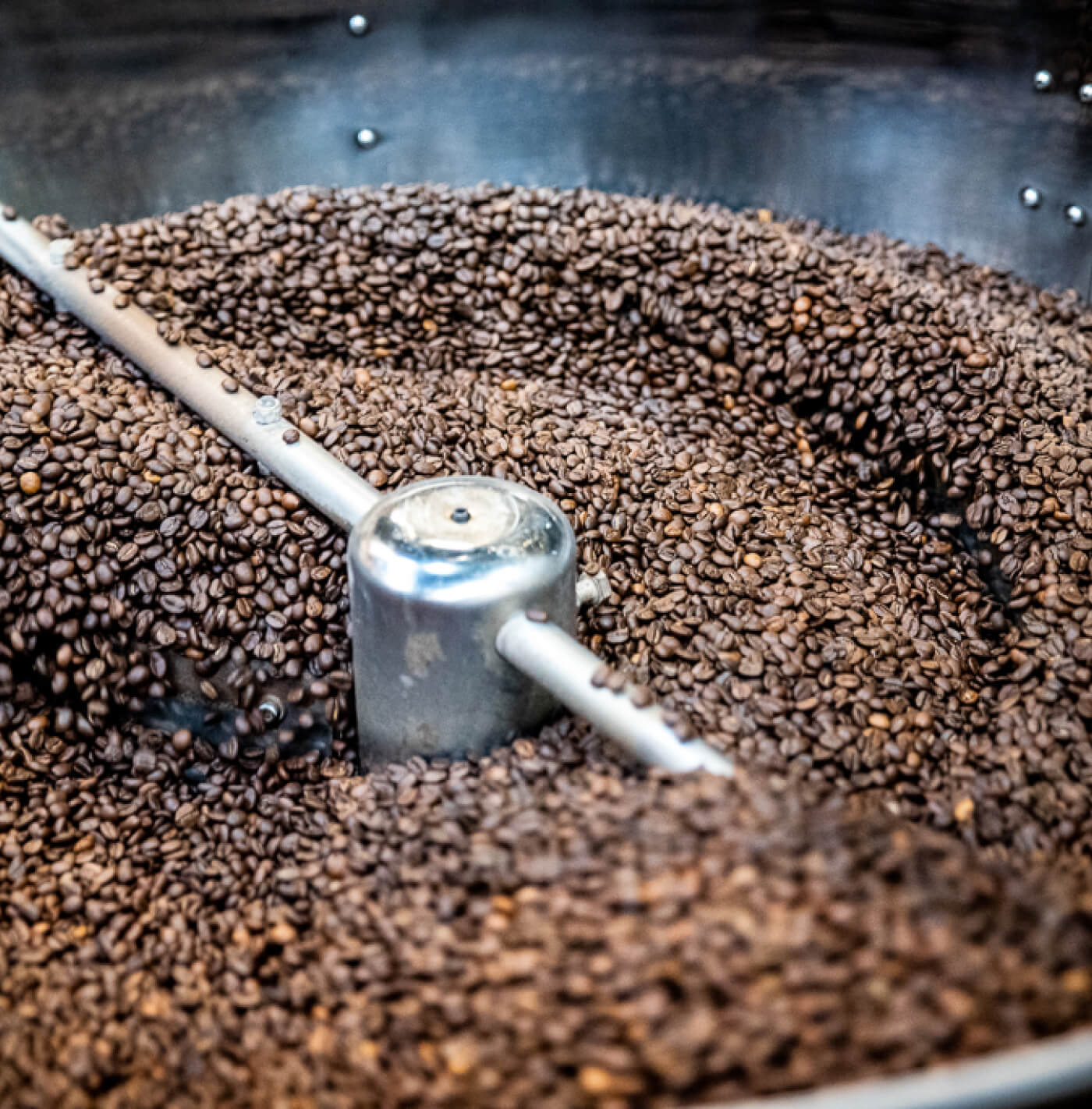Arabica vs Robusta

- Education
The debate about Arabica versus Robusta coffee can strongly divide opinions in the coffee industry but, as an American President (not that one) once said: “What unites us is far greater than what divides us.”
Firstly, the 2 billion cups of coffee consumed on earth every day provide 125 million jobs, including vital revenue, environmental support and societal benefits for 25 million smallholder farms across the globe. Add to that the social and mental health benefits from the pleasure of drinking coffee and it’s clear that both of the two main species of coffee bean can play at an important role.
Yet even though all beans are equal, some beans are more equal than others.
That’s because Arabica is often seen as the superior species due to the beans having more complex, nuanced, and aromatic flavour profiles. Robusta beans on the other hand have a simpler, stronger taste with a hint of bitterness and a much higher caffeine kick. Robusta is also easier to grow, which can lower the cost of production and means more farmers can gain a living from it.Now, whilst some people do not like the idea of Robusta at all, coffee is more complex than a simple good v bad taste tussle. De facto not all Arabica is high quality and ‘good’ nor all robusta low quality and ‘bad’.
Single origin roasts tend to be 100% Arabica, and barely drinkable instant powder tends to be all robusta. But then somewhere in between coffee producers and roasters magically blended Arabica and Robusta beans to create a balance of sweet, fruity, and bitter flavoured roasts drank by millions of people every day. Critically what Robusta adds to a blend are the well-loved chocolate flavour notes and body (often perceived as strength) which are so important when coffee is drunk with milk. Around 90% of the drinks that we serve in our coffee shops are enjoyed with milk (dairy or otherwise).
All of which is hardly a surprise because coffee is a seed and like other plant ingredients, some have stronger simpler flavours and others are varied lighter and more complex. Just like food, combining various vegetables, fruits, herbs, spices and beans can produce a huge range of dishes and it’s worth noting that the quality of the end-product is as much about the freshness and quality of the produce combined with the individual skill of the chef, or in this case, roaster. Just as different cultures and people create and prefer different dishes, the same goes for coffee, and films, and music, and books, and art and there’s a word that sums it up that’s rarely, if ever, used these days. “Diversity.”

So just drink the coffee that makes you happy and be sure drink it with someone with whom you have just enough in common to keep it interesting, because, as an American President (not that one) once said
"We have become not a melting pot but a beautiful mosaic. Different people, different beliefs, different yearnings, different hopes, different dreams."
Enjoy your cup.